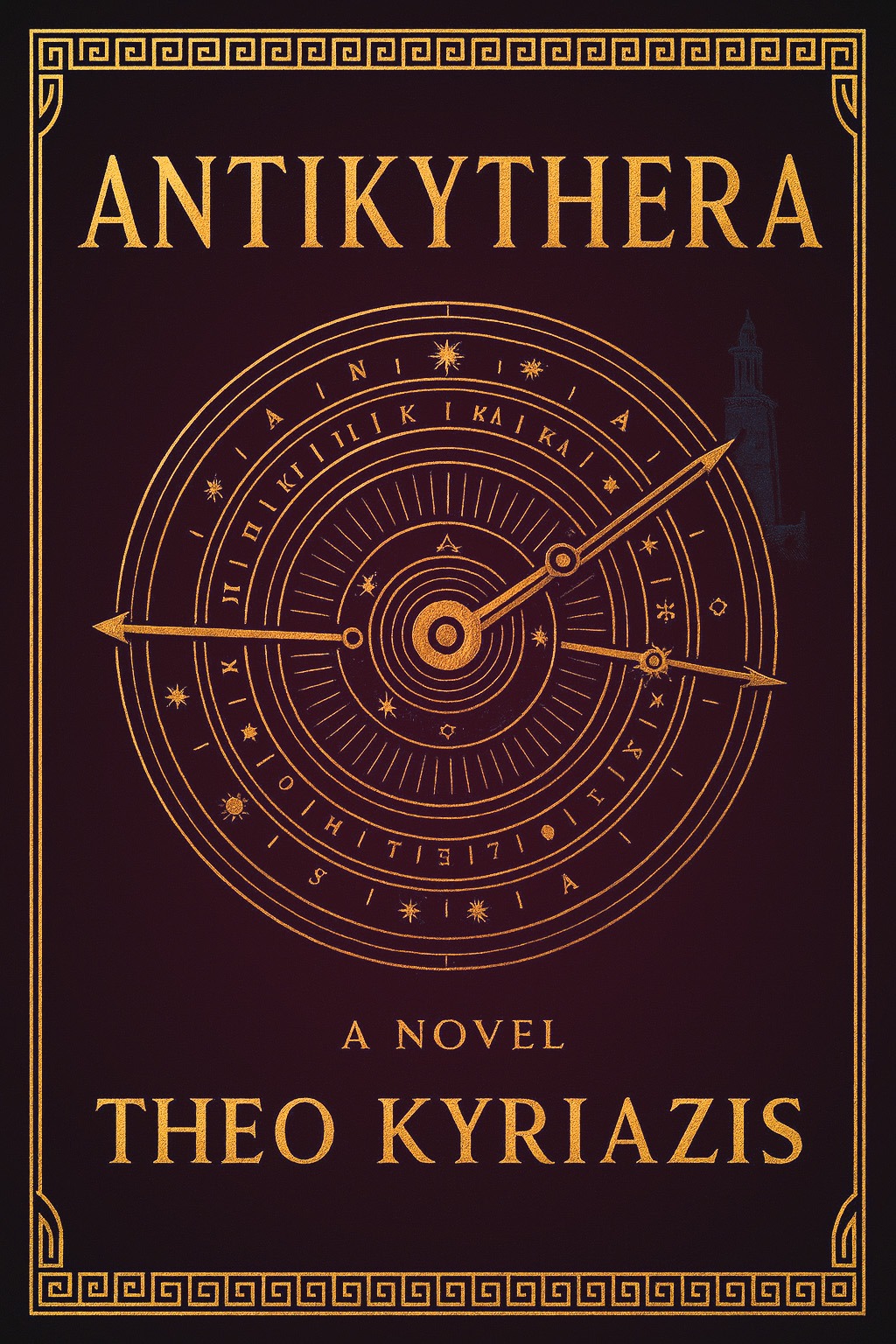The Nile Delta palimpsest thread is brilliant, tying Alexandria's grain convoys to a believable divergence. When the fog rolls in and Byzantine steam beacons flicker, it's both eerie and thrilling. A few modern chapters over-explain, but the ending choice felt earned.
In an Athens scrapyard, archaeologist Eleni Markou rescues a corroded bronze drum stamped with Rhodian numerals and a tiny dolphin. It matches a missing plate from the Antikythera shipwreck, and a palimpsest from the Nile Delta hints the mechanism was built as twins. As she and diver Nikos Vrettos reassemble its gear trains in a cramped Piraeus workshop, the device begins overlaying star cycles onto sea charts, predicting storms and eclipses with eerie precision. A wealthy venture consortium called Helios Logistics wants it for a maritime algorithm.
Interleaved chapters follow Philon of Rhodes in 88 BCE, ferrying the second sun to the Pharos, where clockwork beacons recalibrate grain fleets and nudge an alternate Mediterranean into being. As Eleni watches fog-thick nights fill with ships from a history that shouldn't exist—Byzantine steam beacons, Alexandrian semaphore towers—she faces a choice: finish the mechanism and let the stronger timeline land, or scatter its teeth back into the sea. Kyriazis roots the speculation in rivets, inscriptions, and salt-stained labor, turning gears and fate into the same hand. The result is an alternate history that smells of tar, brass, and dry Aegean wind.

